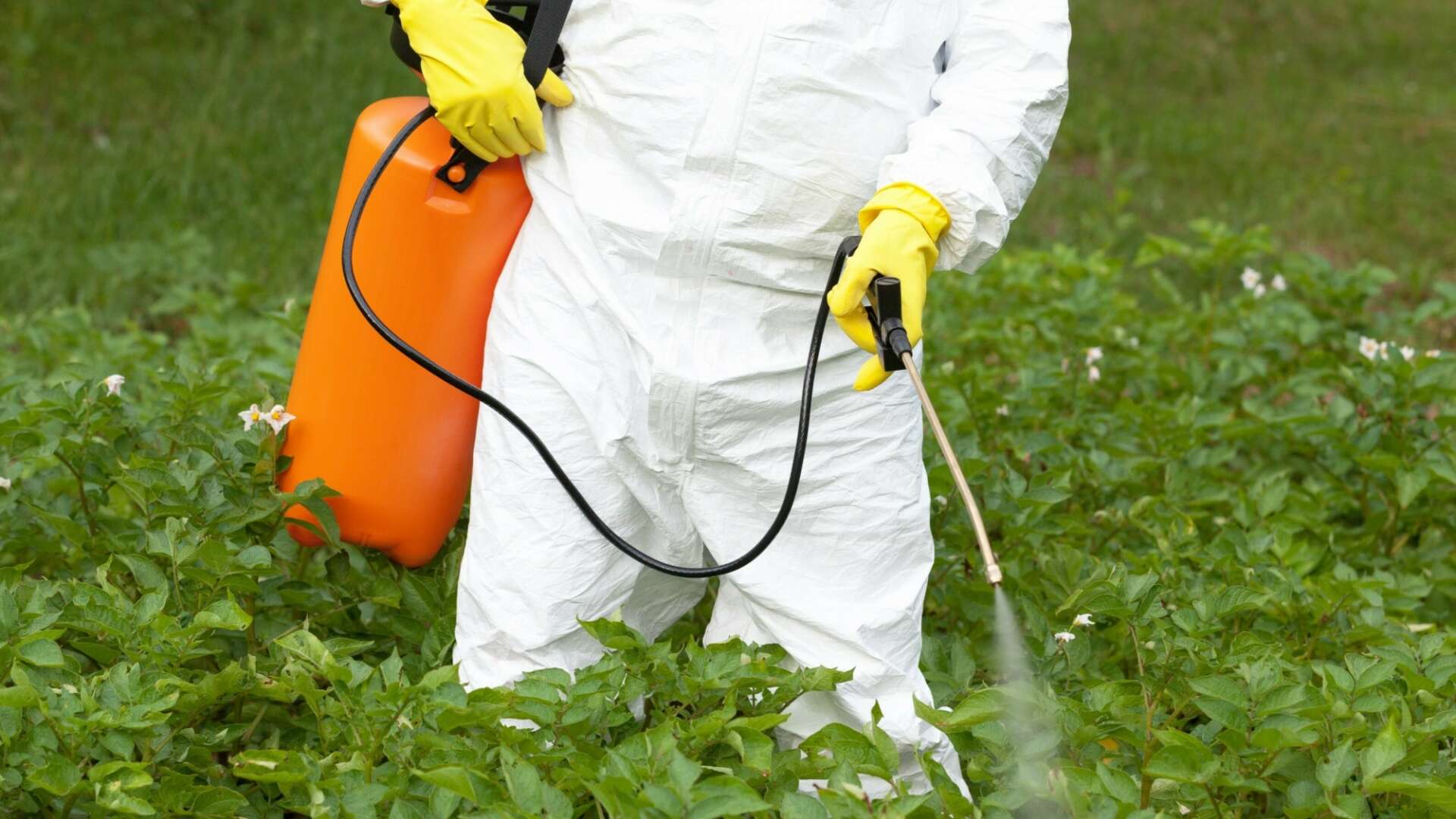EU votes to limit glyphosate use
On July 11th, EU member states voted to accept certain limitations on the use of glyphosate. This followed the decision last month to extend the herbicide's licence for 18 months.

These limitations include:
- a ban of the co-formulant (POE-tallowamine) from glyphosate-based products (such as Roundup). These co-formulants are called surfactants, and they promote the penetration of glyphosate into the plant. According to the BfR (German Federal Institute for Risk Assessment), “Certain surfactants like POE tallowamines (polyethoxylated alkylamines) have a higher toxicity than the active substance glyphosate.” See Glyphosate, the Debate
- to reinforce scrutiny of (unnecessary) pre-harvest uses of glyphosate. Farmers spray glyphosate onto crops just prior to harvest for two reasons: to ripen the crop and to kill weeds. If the crop is not entirely ripe, there is a high chance that it will absorb the toxic herbicide. See Clarification of pre-harvest uses of glyphosate.
- to minimise the use in specific areas such as public parks and playgrounds. Local councils use glyphosate to kill weeds in ammenity areas, road and pavement sides. This could put children and dogs at risk if spraying is recent. Also, any run off will go into the water catchment system.
By imposing these limitations, the EU regulators reveal an implicit recognition of potential problems with glyphosate formulations, and their toxicity. As long as the UK is still technically an EU member state, we expect these limitations on the herbicide's use to be reinforced by DEFRA.
For more information on glyphosate, as well as how to deal with weeds without it, see Glyphosate the Debate.